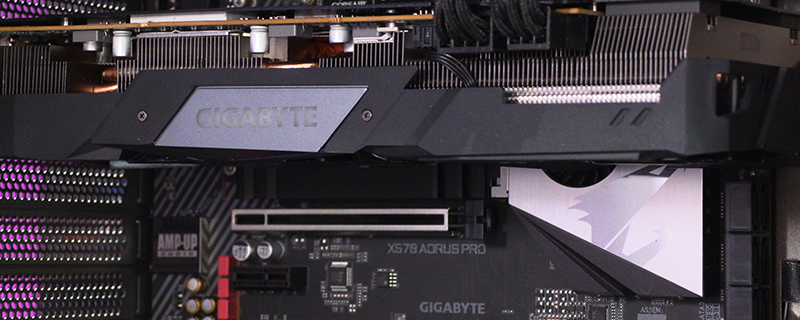The Gigabyte Rig Review
Introduction
We recently put together a system based upon one of the beefier models in the hugely successful 3rd Generation Ryzen CPU range, but we’ve also seen how good the Ryzen 5 3600 is, particularly as a processor around which to build a gaming system.
Naturally having tested a 3600 with a GeForce GTX 1660 Ti, and then tested a RX 5700 XT with a Ryzen 7 3800X, it made perfect sense to combine those two elements into a system which should be able to handle AAA games without breaking the bank. Already having used ASUS components we knew that the best way to go about this was to delve into the Gigabyte pantheon. Not only have Gigabyte fixed all of the slight issues that they had in some older motherboards, but almost as a penance for such things their latest range of hardware is priced at an extremely attractive point without compromising the build quality or features to get there.
So if you’ve got around £1200 and you want to build an entirely new system that will give you good performance in a broad range of tasks but really get a giddy up on when gaming, how does this particular component combination fair.
Test Setup
We’ll be looking at this all in detail on the next page, but the Gigabyte setup we have here nicely follows on from the ROG Rig we looked at previously in that it’s based around the 3rd Generation Ryzen CPU in a X570 motherboard with the latest Navi RX 5700 XT GPU. As Gigabyte have a smaller overall range than ASUS we’ve turned to BeQuiet for the case, power supply, CPU cooler and fans, with G.Skill still supplying the RAM. It’s a very affordable setup and, as you’ll see, looks the part too.
| CPU | AMD Ryzen 5 3600 | £189.18 |
| Motherboard | Gigabyte Aorus Pro | £263.99 |
| GPU | Gigabyte Aorus RX 5700 XT | £439.99 |
| Case | BeQuiet Pure Base 500 | £84.49 |
| CPU Cooler | BeQuiet Dark Rock Slim | £54.98 |
| Case Fans | BeQuiet Silent Wings 3 | £19.99 |
| PSU | BeQuiet Pure Power 600W | £79.99 |
| Memory | G.Skill 3200MHz TridentZ | £90.84 |



